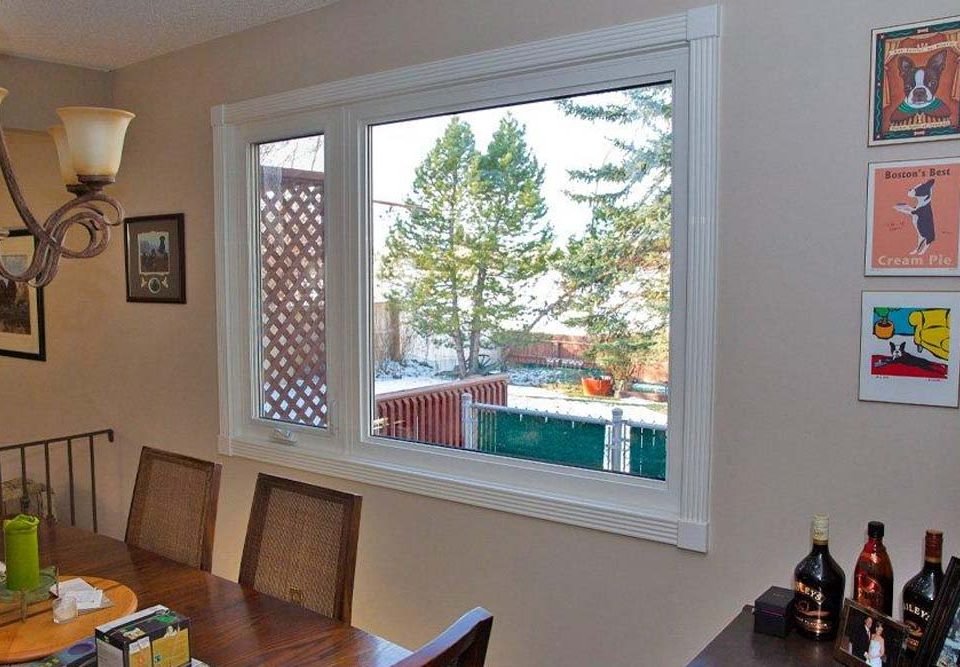As a homeowner, you may see awning and casement windows when shopping. Both window types are called crank windows because you open them using a crank. Although they’re similar, they have distinct features. The significant difference between awning and casement windows is where the hinges are placed.
The hinges are placed on the side of the casement windows, while the hinges are at the top of the awning windows. Besides the differences, both windows open outwards, and they’re an excellent choice for those who want lots of natural light and sufficient ventilation. Check now if you are trying to decide what kind of windows to install or replace in your home.
Table of Contents
The Difference Between Awning and Casement Windows?
Awning and casement windows have varied benefits and features. Here are the main differences.
Operation and Hinge position
Casement windows are hinged to the right or left and opened horizontally. As for awning windows, the hinges are at the top and extend vertically.
Form
Awning and casement windows are of different rectangular structures and sizes. The former is more expansive and tall, while the latter is more tall than wide. Casement is over 36” wide, while awning windows can be 48”.
Emergency Compatibility
In an emergency, cranking the casement window open at 90° makes it easy to climb out or escape the danger. For this reason, casement windows are an excellent choice for bedroom exit windows. Awning windows open at 45°, leaving limited space in the middle for emergency escape.
Maintenance and Cleaning
Cleaning awning windows is difficult because the window opening is limited, and it’s challenging to reach the hinged top. Cleaning casements is easy since they open to the side, and you can go either side outside the glass.
Sufficient Ventilation
Casement windows open maximally to bring in enough light and ventilation to the house and are ideal for rooms that need sufficient regular light. Casement windows can expose the home to rain when left open, while awning windows don’t.
Advantages of Crank Windows
Casement windows are excellent options for spaces where the window opening height is more than the width. With hinges on the right or left side, they open fully for maximum ventilation and lighting in a room. You open or close casement windows using a crank mechanism, and it’s easy.
- Eminent ventilation – Casement and awning windows have excellent ventilation capabilities thanks to their form, which allows for larger window sizes. The windows also open maximally to allow for sufficient air and natural light.
- Clear, unlimited view – Awning and casement windows have no rails or bars, giving a spectacular, clear view of the outdoors. If your room faces a scenic view, either of these windows will provide you with an unlimited view.
- Strong – Both windows use thick insulated glass (1-1/8 inch) for maximum strength and home comfort.
- Easy operation – awning and casement windows have handles known as cranks, which are easy to turn and fold. This way, you can easily open and close the window and not interfere with window treatments.
- Undemanding to clean – Cleaning awning and casement windows are accessible from the exterior or interior of your house.
- Secure – The windows are specific from two to four points, which depends on the size. It’s also easy to operate from one point (crank).
Window Features
Casement Windows
Casement windows are like the standard door but smaller. The hinges to the side allow them to swing left or right of the window frame when opening. A crank operates most casement windows, but others are push-open models. When closed, an internal latch keeps the window securely locked. They’re available in various sizes and are ideal for spaces with greater height than width. These windows provide unlimited natural light and outdoor views.
Awning Windows
Although awning and casement windows operate the same, the significant difference is that the former swings upwards to open. Awning windows have an additional function, and the sloped surface prevents rain from getting into the house directly. This means you can leave the window open for air to flow freely. The windows are ideal for spaces that are wider than they’re tall.
How to Choose Between Casement and Awning Windows
When shopping for window replacement options, consider a balance in style, function, efficiency, budget, wall space functionality, energy efficiency, and budget. Here are the points to consider before you decide between awning and casement windows.
- How to clean your windows from inside or outside
- If installed, the space outside the window will interfere with it.
- If the window can function as an alternative during an emergency escape
- Where to place the windows
Both awning and casement windows are exceptional picks for your home. However, whichever you pick depends on personal preferences and needs.










